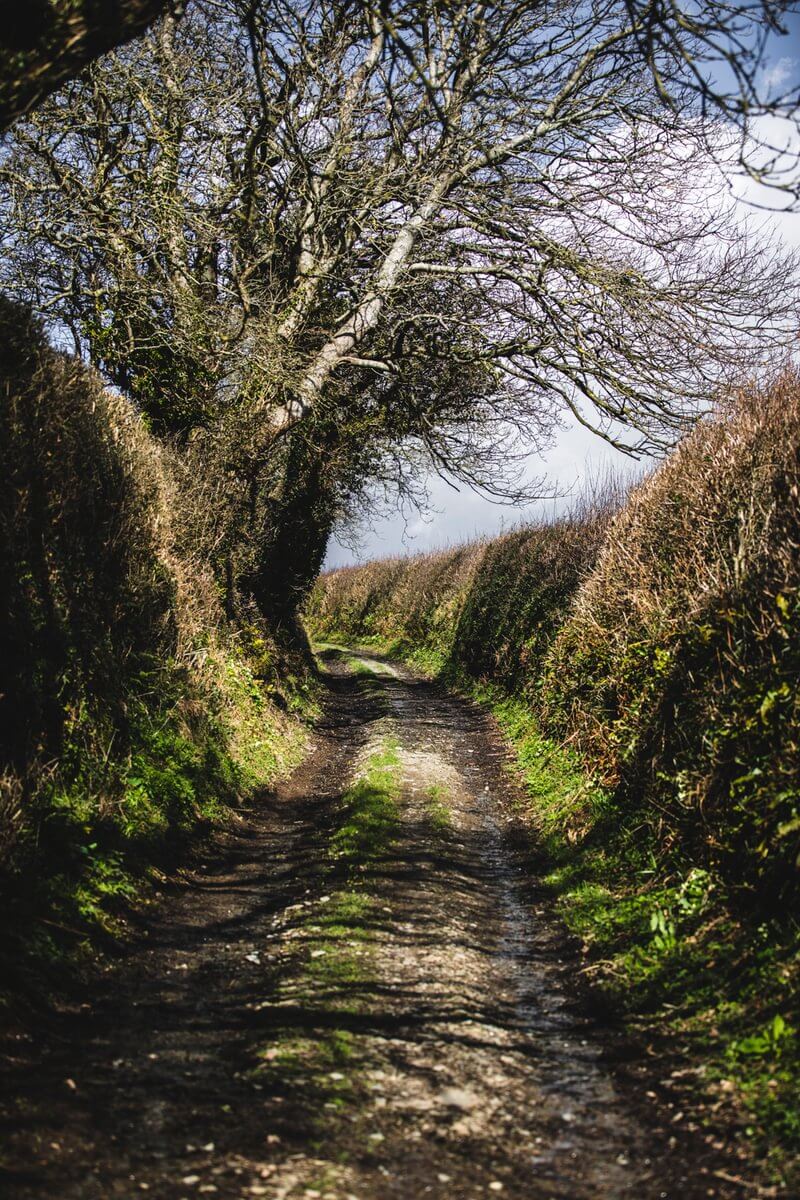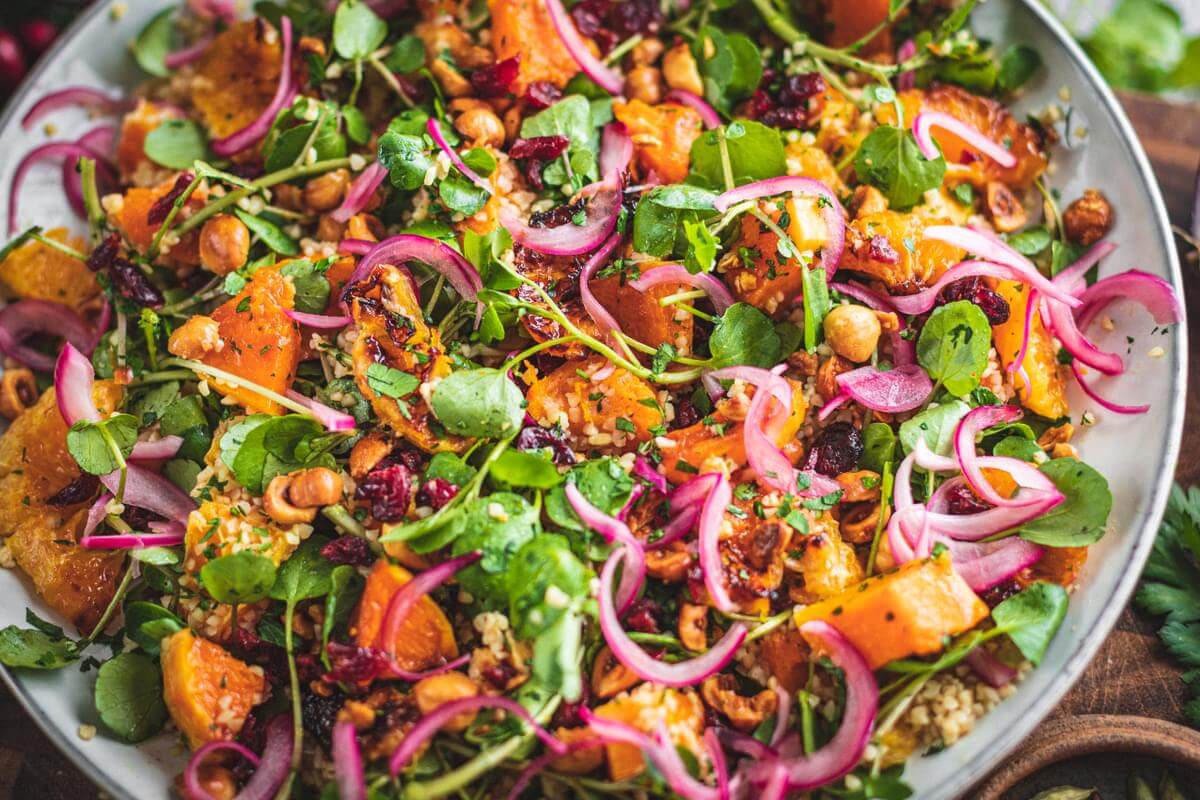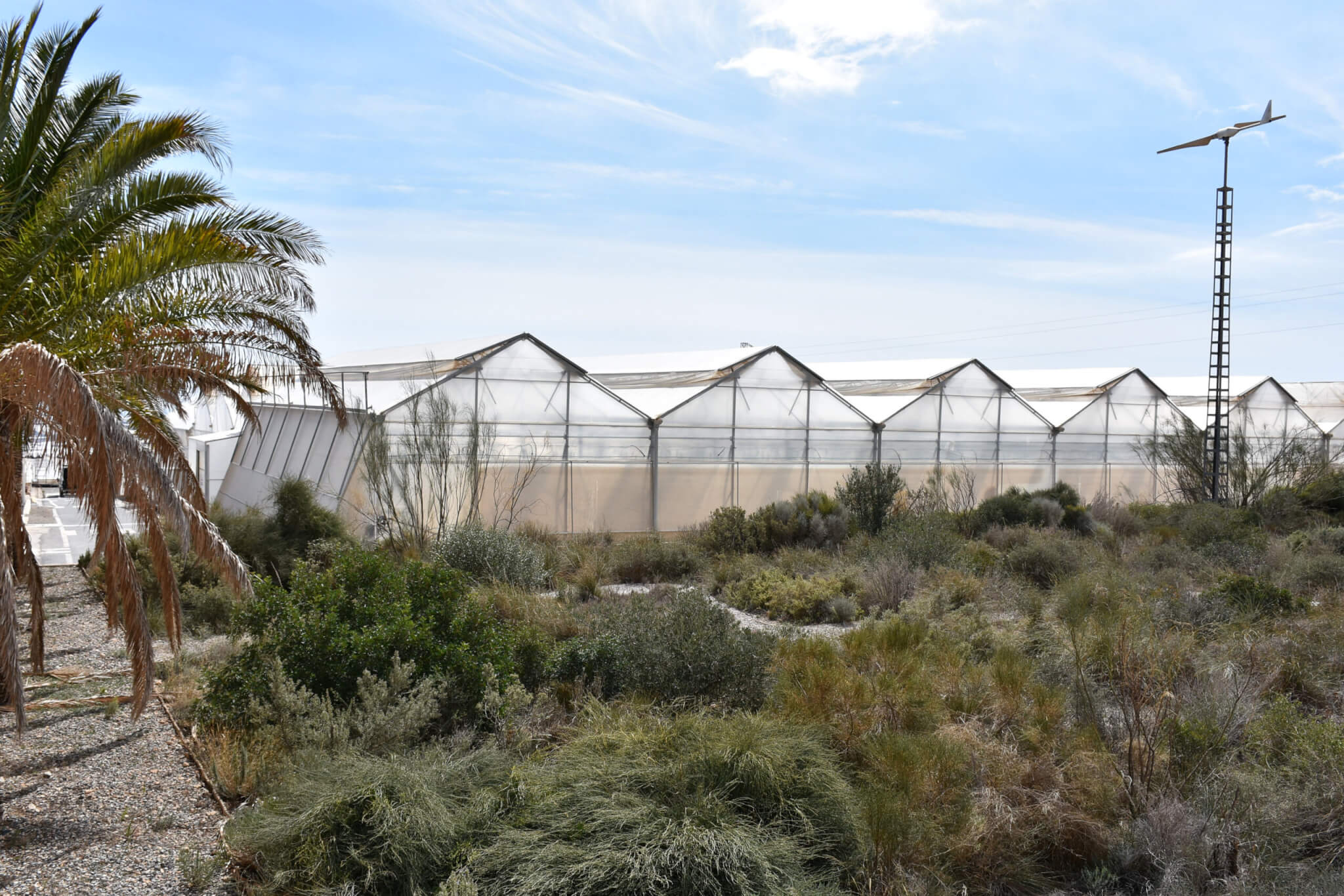Seventy acres of potatoes are still in the ground, patiently waiting for dry weather a month after harvest is usually finished. Although this year’s harvest has been woefully slow, we are making better progress. The onions are in store and dry. Swedes and parsnips are looking good. If we can get them out of the ground, we are reasonably well covered for roots. With yields down and leeks, cabbage and cauliflower running late, the boxes are hungry for greenery. Kale has never tasted so good. I hate seeing Spanish broccoli in the barns so early in the winter but scouring our own fields for greens would mean chasing our tails all winter.
When we started the box scheme, with no tunnels, co-op or realistic access to imports, it was a fairly basic and repetitive offering with lots of roots and cabbages. It quickly became obvious that, for all but a tiny minority, we were going to have to offer more variety, especially in the winter. Tunnels helped, but just as important was a determination to make the most of anything that would grow in our climate. First it was celeriac, fennel, romanesco, squash, artichokes and landcress. More recently, wild garlic, radicchio, chioggia beetroot and dandelion greens. There have been a few failures along the way and I still can’t find anyone who shares my enthusiasm for cardoons.
About this time last year, I asked you for suggestions of anything new we should be growing for the boxes. There was a fantastic response and we tried some: tomatillos (big hit for salsa verde), horseradish, oca and cape gooseberries (all casualties to the weather but we haven’t given up), padron tapas chillies (big hit – more next year), flageolet and coco beans in France (a bad year but we’ve harvested a few – to be on the extras list soon). Plans for next year include borlotti beans, multi-coloured sweetcorn and cima di rapa.
Most of our growers are being incredibly stoical; they just want to forget this year, put it behind them and move on. There is sensible caution and a desire to reduce risk but hope springs eternal and an appetite for innovation remains.











0 Comments